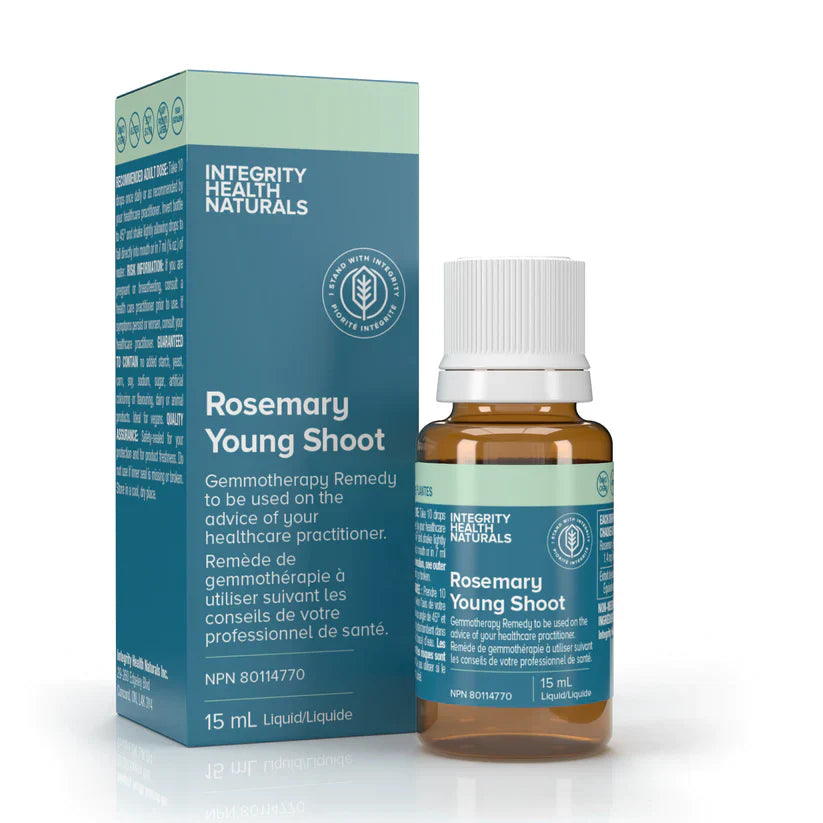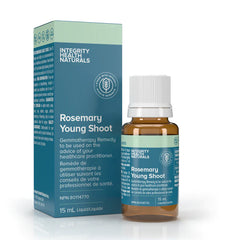

Rosemary Young Shoot - Rosmarinus officinalis
- 40.00$
0.00$- 40.00$
- Unit price
- per
Description
x- Traditionally, rosemary leaves are used for their appetite-stimulating, circulatory and antispasmodic effects.
Rosemary is a hardy shrub that thrives in dry, windy climates. While not the richest botanical source of rosmarinic acid, rosemary contains two major diterpenes: carnosic acid and carnosol. These two diterpenes exert anti-inflammatory and antioxidant effects that induce Nrf2 and phase II detoxification enzymes; therefore, rosemary is known to support liver metabolism. Traditionally, rosemary leaves have been used for their appetite-stimulating, circulatory, and antispasmodic effects. Finally, rosemary has demonstrated neuroprotective effects on human brain cells in vitro.
On a spiritual and mental-emotional level, young rosemary shoots address liver stagnations that manifest as anger or allergies; they support the courage to endure life's tribulations.
Phytoembryonic plant medicine, similar to Western botanical medicine, relies on extracting a variety of phytochemicals, nutrients, and energy elements from plants to exert therapeutic effects. The plant bud, composed primarily of meristem cells, is the most concentrated and vital part of the plant, as it houses all the information related to the plant's development. Meristem cells are undifferentiated embryological tissues capable of specializing according to living conditions. Thus, meristem cells are the factory, the engine, and the blueprints of an immature plant, giving functional instructions to the embryonic tissue and directing its growth to thrive in a specific environment.
Produits recommandés
Produits récemment consultés
- Choosing a selection results in a full page refresh.


